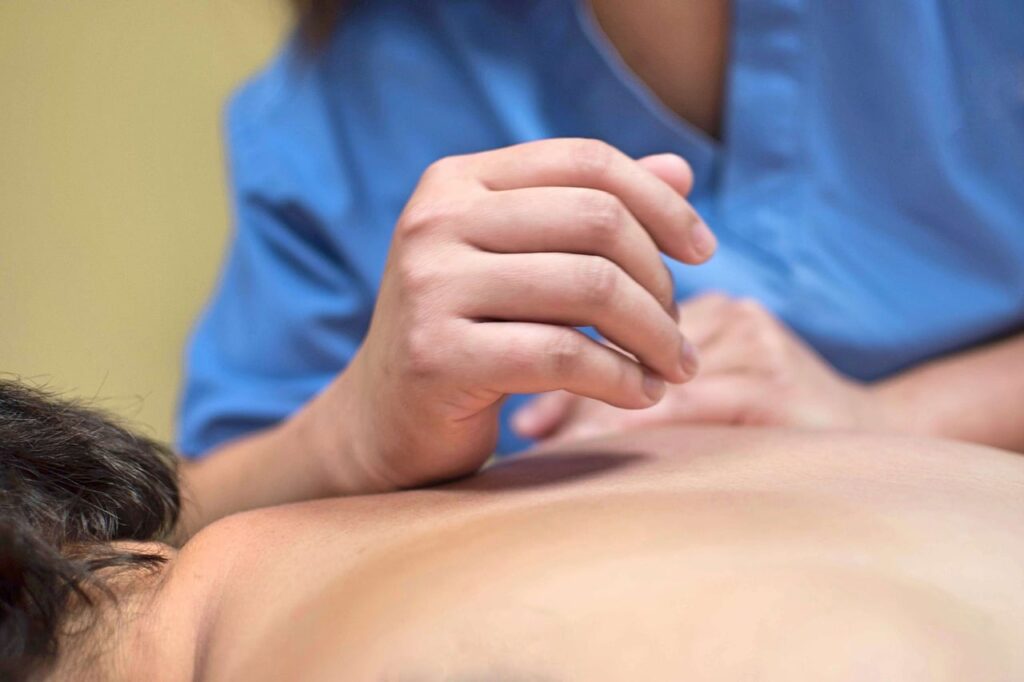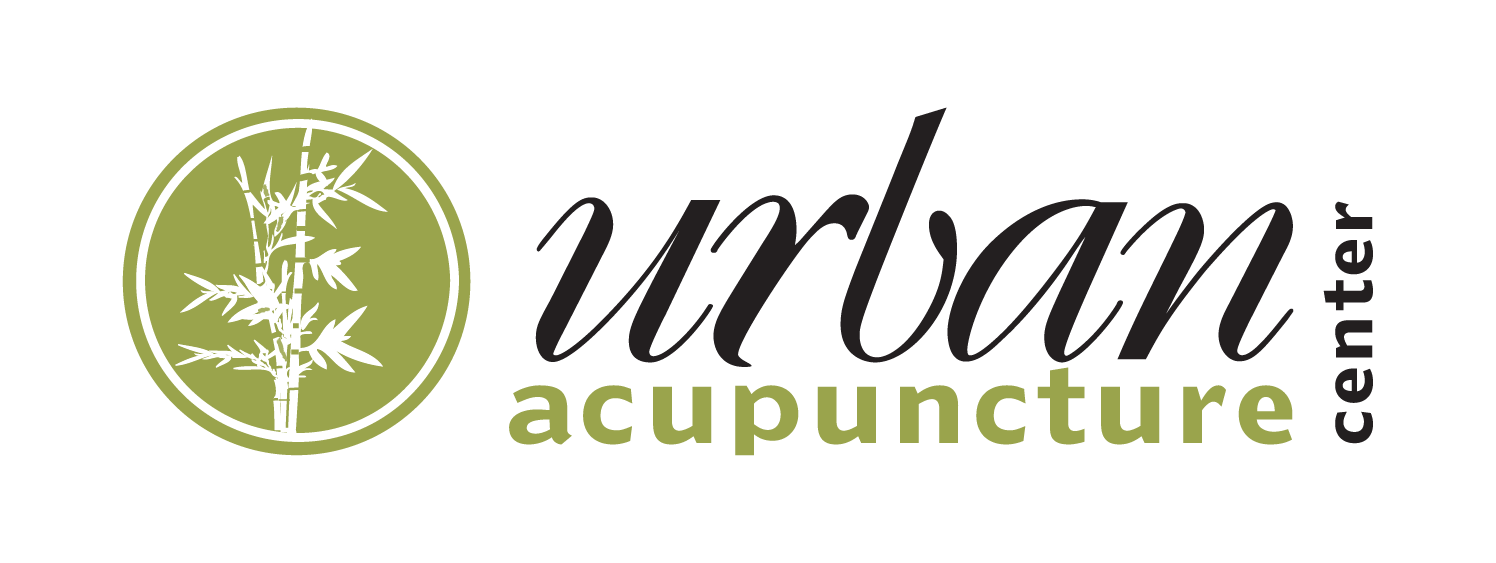What Is Deep Tissue Massage?
 Deep tissue massage is a hands-on massage technique designed to treat musculoskeletal concerns, such as muscle strains, sports-related injuries, and over-use injuries such as plantar fasciitis and tennis elbow. Unlike some massage techniques that focus on a light, gentle touch, deep tissue massage involves the application of firm and sustained pressure targeting the inner layers of muscles and connective tissues. Depending on each patient’s specific health concerns, deep tissue massage can be a full body massage, or it can be used to focus on one specific problem area. And while deep tissue massage can be emotionally relaxing as well as physically restorative, the slow and deep strokes needed to get deep into the muscles can, at times, get a bit uncomfortable!
Deep tissue massage is a hands-on massage technique designed to treat musculoskeletal concerns, such as muscle strains, sports-related injuries, and over-use injuries such as plantar fasciitis and tennis elbow. Unlike some massage techniques that focus on a light, gentle touch, deep tissue massage involves the application of firm and sustained pressure targeting the inner layers of muscles and connective tissues. Depending on each patient’s specific health concerns, deep tissue massage can be a full body massage, or it can be used to focus on one specific problem area. And while deep tissue massage can be emotionally relaxing as well as physically restorative, the slow and deep strokes needed to get deep into the muscles can, at times, get a bit uncomfortable!
What are the Benefits of Deep Tissue Massage?
Deep tissue massage offers a number of significant benefits, primarily (although not solely) focused on maintaining muscular health. While some massage techniques are intended primarily for relaxation, deep tissue massage is intended to address problem areas and facilitate healing. Some specific physical benefits of deep tissue massage include:
- Breaking up scar tissue following an injury
- Reducing tension held deep within the muscles
- Treating muscle pain
- Improving muscle soreness and stiffness
- Reducing inflammation
- Promoting faster healing through increased blood flow
However, while the primary target of deep tissue massage is physical healing, it can—and often does—also offer psychological benefits; most patients also experience significant stress reduction and increased relaxation after a deep tissue massage!
How is Deep Tissue Massage Different from Swedish Massage?
Both deep tissue massage and Swedish massage utilize slow and sustained pressure to relieve tension in the muscular-skeletal system. However, they differ quite a bit in terms of the level of pressure involved and the intended result.
Swedish massage is much gentler than deep tissue massage, involving less tension and pressure on the muscles. It utilizes less intense pressure because the goal of Swedish massage, generally speaking, is to promote relaxation and address muscle tension caused by everyday activities. Therefore, Swedish massage is usually a full-body massage targeting the superficial muscle groups that generally “hold tension”, such as the neck, shoulders, and back.
Deep tissue massage, on the other hand, also utilizes the palms and fingers to knead and manipulate the muscles and connective tissue, but may also involve use of the elbows and forearms to get at the deeper layers of muscle. It is this deeper penetration that enables deep tissue massage to target muscle and tendon injury, scar tissue, pain and stiffness, and sports-related injury.
Like Swedish massage, a deep tissue massage will start with lighter, gentler strokes to warm up the muscles and connective tissue. Once the muscles have warmed and loosened, your licensed massage therapist will begin to use a deeper kneading, stroking, and pushing, with varying amounts of pressure, to really target problem areas. Because of deep tissue massage targets the underlying musculature, it’s not uncommon for you to experience some lingering soreness for a few days after the massage; this soreness can usually be relieved with a heating pad or cold pack on the tender area.
While deep tissue massage is generally considered to be a safe and (mostly) risk-free treatment, it is not appropriate for everyone. It is not appropriate for pregnant women or for anyone with osteoporosis or a bone-related cancer, as the pressure involved in deep tissue massage may be enough to cause a fracture in weakened bones. Deep tissue massage may also not be recommended for individuals with a clotting disorder to history of blood clots or are taking blood thinners or have a clotting disorder. It is always recommended that you speak with your medical practitioner before undergoing a deep tissue massage.
Contact Us For More Information
For more information about how acupuncture, massage therapy and other treatments can help you, please contact the Urban Acupuncture Center Board Certified Licensed Acupuncturist’s team at Indianola Ave, Clintonville (614) 725-2488 | Main St, Westerville (614) 426-4406 or click here. Taking new patients in and around greater Columbus, Ohio.
